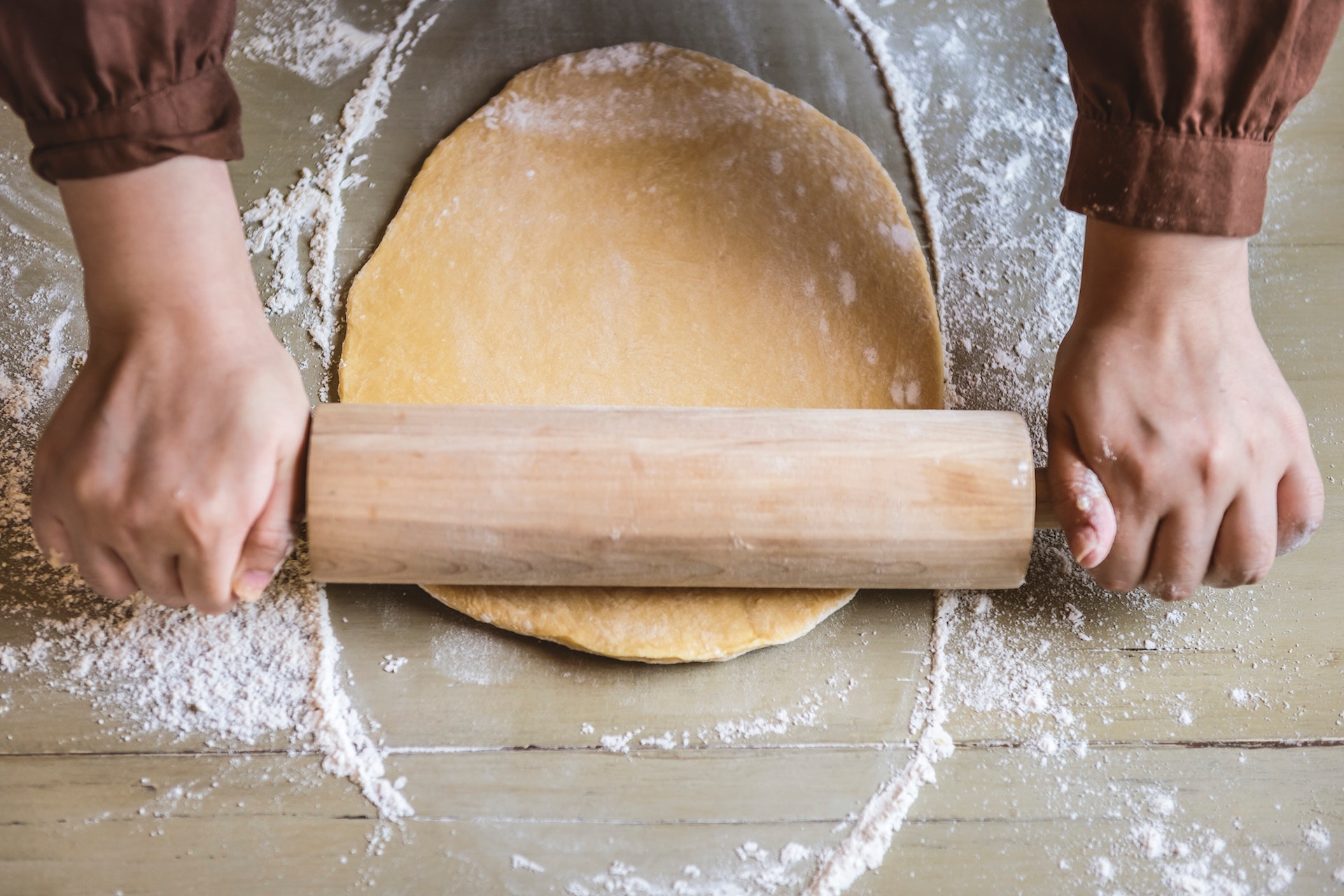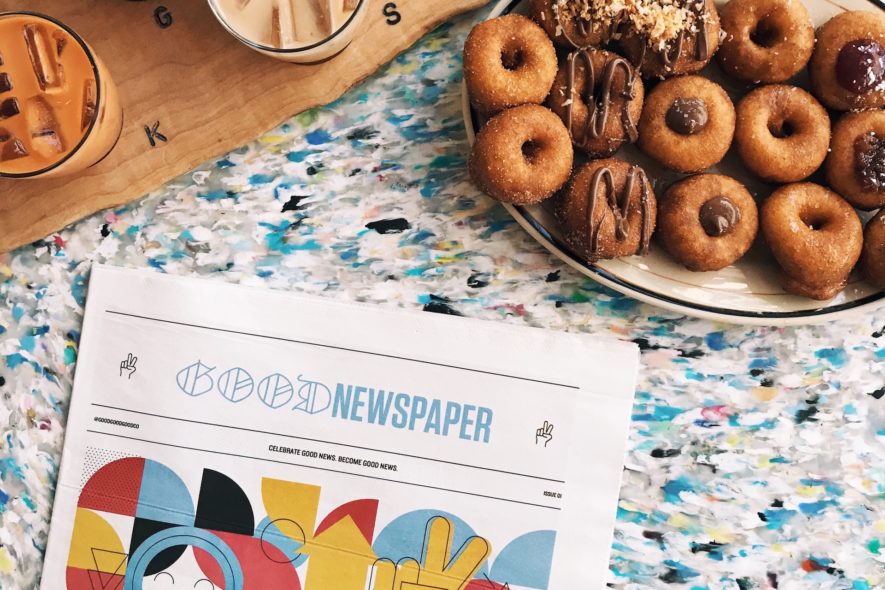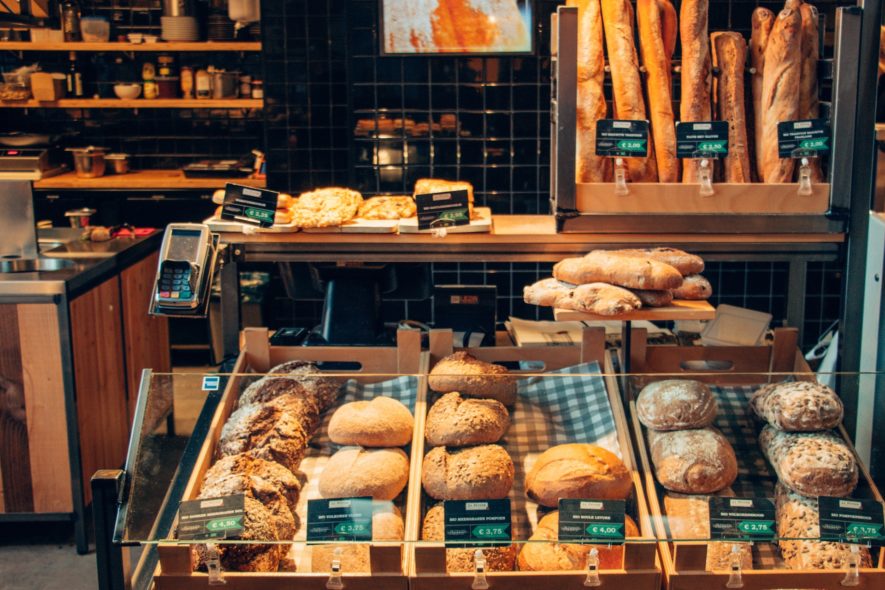How to prepare a press release
The objective of a press release is to arouse interest in journalists about an event, activity or person. The more carefully you prepare your press release, the better your chances of getting media coverage. Every day, journalists receive tens or even hundreds of e-mails about various press releases. No one can ever be bothered to read all of them, and many press release e-mails are quickly sent to trash.

How can you keep this from happening to your press release?
1. First, consider whether the information is even worth publishing. Do you know something that needs coverage in online and print media as well as TV and radio news? Are you or the people you are representing prepared to give additional explanations, answer questions or stand in front of the cameras? Are you notifying journalists about something important, topical, extraordinary or something that concerns the public at large?
2. If you have decided to inform the press no matter what, carefully choose the publications, media channels and journalists who should receive the press release. Think about who you should address your message to. Information sent out at random is doomed to be lost. For example, sending the same statement to both sports and economics reporters is probably not the best idea. Moreover, note that sending an e-mail to the general address of a media channel as well as individual employees of the same channel is redundant. When using the general e-mail address you also run the risk of not receiving the required attention. Each employee might think that someone else will handle it, ultimately leading to your e-mail being completely ignored.
3. Choose the journalists and media channels based on your specific project. Consider whether your press release needs nationwide coverage or is better suited to a local publication. If the message is time-sensitive and requires immediate publishing (e.g., accidents, traffic collisions, transport reorganisation, etc.), contact online publications first.
4. Avoid limiting the subject field of your e-mail to ‘Press release” or, even worse, ‘PRESS RELEASE’. This conveys no information to the recipient. While the subject can certainly contain the words ‘Press release’, you should follow it up with a colon and the headline of the press release.
5. The more thought you give to the headline, the better your chances of getting journalists interested. If you are announcing the opening of a new restaurant, for example, the most boring thing you could possibly do would be to use a headline like: ‘New restaurant to be opened on Wednesday’. Think about what makes the new restaurant special compared to others. Is there anything else happening on the opening day that is worth mentioning in the headline? Perhaps its owners are well-known people, in which case you could include their names in the headline; or perhaps it has an unusual location, unique menu, original interior, peculiar loyalty programme, exciting opening ceremony, etc. See this article for more tips on how to write an interesting headline.
6. Include the text of your press release in the message section of your e-mail. This is the fastest and easiest way for journalists to read your text. Attaching the press release to the e-mail separately is inconvenient.
7. Instead, you could add images in JPG format as attachments that the journalist could use immediately. However, if you have more than three files or the attachments are large, it is better to add a link for downloading the photos or videos at the end of the e-mail.
8. Avoid including your company logo, drawings or maps – these are never used.
9. Keep your press release relatively short (no longer than one A4 page), but avoid being too terse. All important details (what? where? when? by whom?) should be covered using appropriate language.
10. Use natural and grammatically correct English. Using natural language makes editing the text easier for the journalist, which means your press release will be published faster. Don’t be tempted to pile on heaps of statistics. Avoid officialese, complex jargon and foreign-language terms.
11. Use quotes from one to two spokespeople in your press release. Journalists love quotes. Saying something witty in a press release makes journalists interested in finding out more and asking additional questions. However, filling the text with empty comments just to tick that box is generally not a good idea.

12. When preparing your press release, avoid using different fonts, colours, design elements, graphics and other elements that distract the reader from the message.
13. At the end of the press release, include a few sentences of background information on the company or event. For example, briefly list the company’s activities, some statistics (e.g., sales revenue), year of establishment, owners, number of employees, etc. This information is generally not covered in news reports.
14. The best time to send out your press release is in the first half of the day, i.e. between 8:00 and 12:00. Press releases sent out in the afternoon might, however, still make it to tomorrow’s papers or the evening news. If you send out your press release in the early morning, your chances of coverage in daytime news and the papers for that date are also relatively good. Press releases issued at other times (outside of business hours and during the weekend) are primarily published in online media.
Press release structure
- Headline
- Introduction or lead (two to three sentences)
- Paragraph expanding on the introduction (three to four sentences)
- Second explanatory paragraph (two to three sentences)
- Quote from first spokesperson (couple of sentences)
- Quote from second spokesperson (couple of sentences)
- Final paragraph with background information
- Details of spokespersons
- Details of the recipient of the press release

Sample press release
1,000 free loaves of bread to be given out at opening of new café on Mill Street
This Wednesday, a new modern café is opening on Mill Street. To celebrate the event, owners Baker and Confectioner will be giving away a thousand fresh loaves of rye bread baked on the spot to visitors.
The new café, established on heavily tourist-frequented Mill Street, will be the first local confectionery shop to be open seven days a week. The café offers a wide selection of handmade pastries. Their cakes, pastries and rye bread made with natural starter use exclusively locally sourced raw materials.
At the opening ceremony this Wednesday, the first visitors will receive a gift of a 1.5 kg loaf of rye bread baked that same morning. To ensure that supply meets demand, the ovens will be fired up already in the dark of the night.
According to the hostess of the café, what makes the confectionery shop different from other businesses in the area is that all products are produced on the spot.
‘I value our local farm produce highly, which is why our pastries are made exclusively from raw materials produced in England,’ the hostess claimed (include the name of the hostess).
According to the hostess, all of the café’s confectionery products are made according to her own recipes.
“Opening my very own café to sell homemade cakes and pastries has been a longstanding dream of mine,” the hostess remarked (name of hostess).
The investor that helped the dream come true stated that he highly respects the local’s initiative and will to create something new in the area.
“When I heard about the hostess’ (name of hostess) idea of opening a café on Mill Street, I was immediately ready to support the endeavour financially. I believe this new confectionery shop will also prove very successful during the off-season,” the investor added (name of investor).
The new café will employ seven people. The products offered by the café include more than 30 different pastries, cakes and types of bread. It will be open seven days a week, from morning to evening. Starting the café will cost a total of 100,000 pounds. The local government is supporting the creation of the café to the sum of 1,400 pounds.
Additional information:
café hostess’ name
official title
company
phone number
e-mail address
Further additional information:
café investor’s name
official title
company
phone number
e-mail address
Press release prepared by:
name of person who prepared the press release
official title
company
phone number
e-mail address
Check out these other posts from our blog

Milline on õnnestunud pealkiri?

Frequently asked questions: ordering translation services
